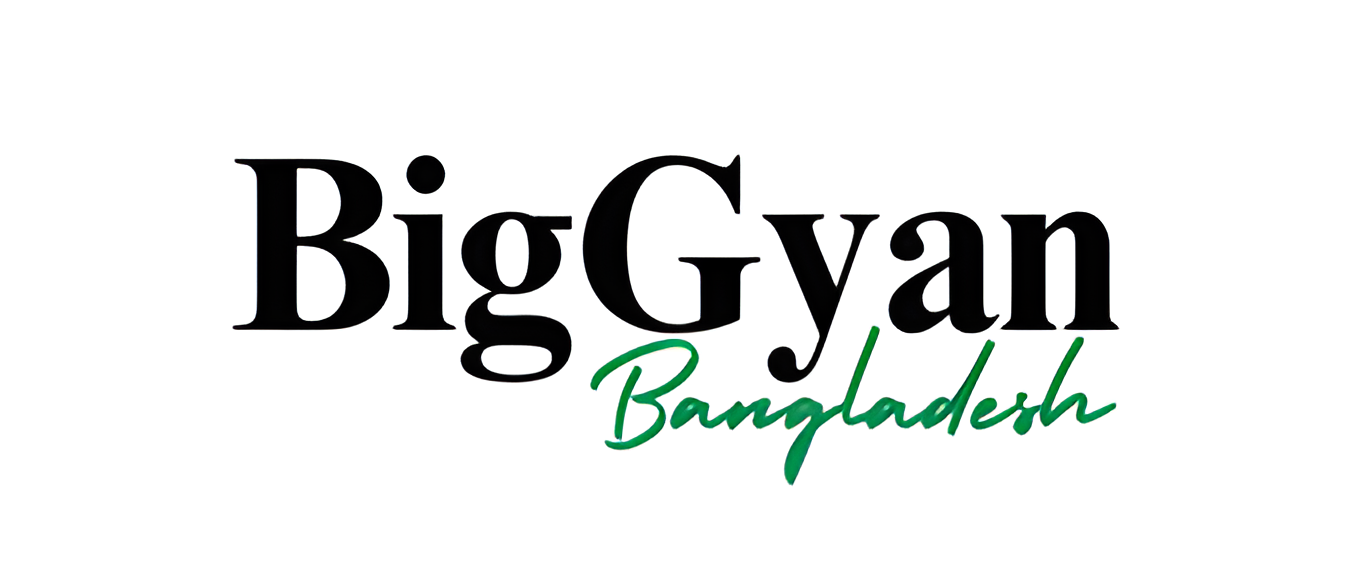Dhaka, the capital of Bangladesh, is a city known for its energy, vibrant culture, and rapid growth. However, it also faces an increasingly severe issue: air pollution. From the daily rush-hour traffic to the persistent haze that hangs over the skyline, air quality affects the lives of millions of residents and poses significant challenges to health, productivity, and the environment.
Sources of Air Pollution in Dhaka
The causes of air pollution in Dhaka are varied and multifaceted:
1. Vehicle Emissions: Dhaka’s congested roads, teeming with cars, buses, and motorbikes, are a major contributor to air pollution. Many of these vehicles are older and poorly maintained, leading to higher emissions of pollutants. The use of low-quality fuel further exacerbates the problem, resulting in significant releases of harmful gases and particulates.
2. Brick Kilns: The outskirts of Dhaka are lined with numerous brick kilns, vital to the construction industry. These kilns often use low-grade coal or wood, emitting high levels of black carbon and particulate matter. The pollution from these kilns spikes during the dry season, significantly worsening air quality.
3. Construction Activities: The rapid urbanization of Dhaka comes with constant construction projects that generate significant amounts of dust and debris. Without stringent dust control measures, these activities release fine particulate matter into the air, contributing to a sense of perpetual haze.
4. Industrial Emissions: Dhaka’s industrial areas emit a variety of pollutants, including sulfur dioxide and volatile organic compounds, due to inadequate emissions control systems. Industrial growth has brought economic benefits, but the lack of effective regulation means that environmental and health impacts are severe.
5. Waste Burning: Open burning of waste in both residential and industrial areas releases toxic chemicals into the air. This practice, driven by inadequate waste management infrastructure, further contaminates the atmosphere with dangerous pollutants.
Health Impacts of Air Pollution
The consequences of Dhaka’s air pollution are far-reaching and well-documented:
Respiratory Problems: The inhalation of polluted air can lead to a variety of respiratory issues. Residents frequently report coughing, wheezing, and shortness of breath, particularly during peak pollution seasons. Long-term exposure to PM2.5—tiny particles capable of penetrating deep into the lungs—contributes to chronic respiratory diseases.
Cardiovascular Diseases: Air pollution has been linked to an increased risk of cardiovascular diseases, including heart attacks and strokes. Studies indicate that exposure to high levels of air pollutants places significant stress on the cardiovascular system, leading to higher incidence rates of related health problems.
Children’s Health and Development: Air pollution has severe implications for children, affecting lung development and increasing vulnerability to respiratory infections. High levels of air pollution have also been associated with developmental issues and long-term health challenges for younger populations.
Economic and Social Costs: The impacts of poor air quality extend beyond health. Productivity declines as workers experience illness, and healthcare costs rise as more people seek treatment for pollution-related conditions. This places a strain on both families and the city’s healthcare infrastructure, hindering economic progress.
Solutions and Initiatives
Addressing air pollution in Dhaka requires a multi-pronged approach:
1. Vehicle Emissions Control: Implementing stricter regulations on vehicle emissions and promoting the use of cleaner, electric transportation can significantly improve air quality. Transitioning to electric or low-emission vehicles can reduce pollutants from road traffic.
2. Modernizing Brick Kilns: Upgrading to more eco-friendly kiln technologies can substantially cut emissions. Shifting to cleaner fuel sources and adopting improved kiln designs are crucial steps toward reducing air pollution from this sector.
3. Regulated Construction Practices: Enforcing dust control measures, such as covering construction sites and using water sprays, can help minimize particulate matter released into the air.
4. Industrial Regulations: Strengthening oversight of industrial emissions and ensuring that factories implement cleaner technologies can strike a balance between economic growth and environmental sustainability.
5. Improved Waste Management: Comprehensive waste disposal and recycling programs can help eliminate the practice of open burning, reducing the release of toxic pollutants.
6. Public Awareness: Raising awareness about the dangers of air pollution and encouraging the adoption of sustainable practices among residents can foster community involvement in pollution reduction efforts.
Conclusion
Air pollution in Dhaka is a formidable challenge, but it is not insurmountable. Tackling the issue requires coordinated action by the government, industries, and the public. By implementing effective policies, adopting cleaner technologies, and fostering a culture of sustainability, Dhaka can work toward a future where clean air is not just a goal but a reality.
Written by Abrar Sayeed




